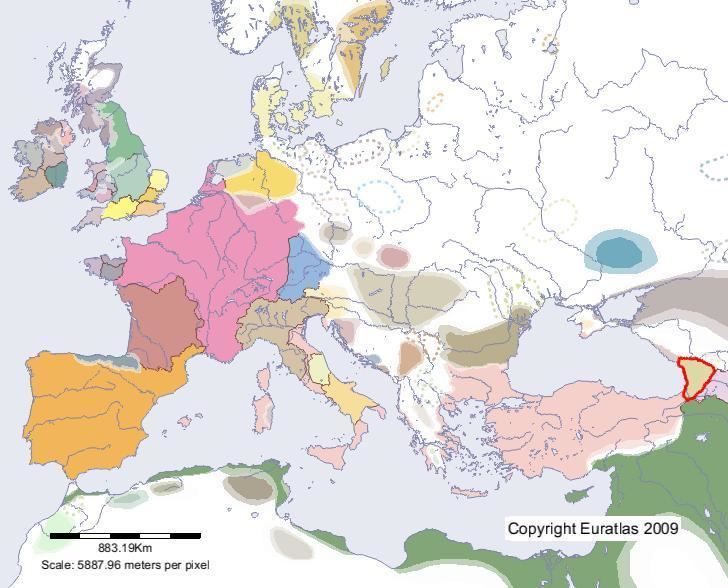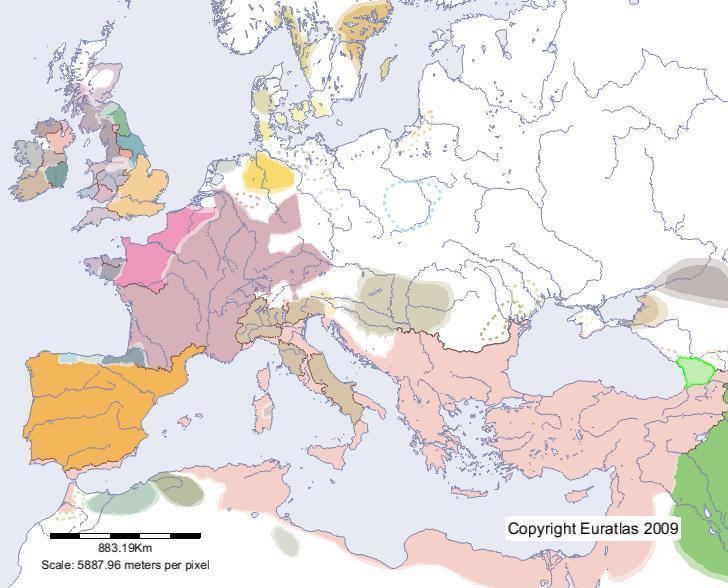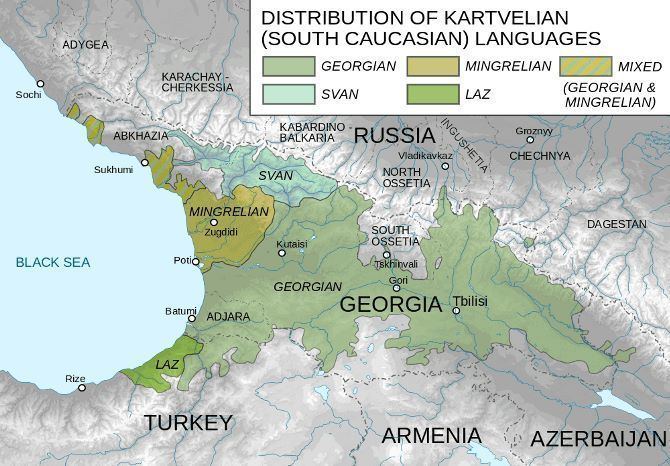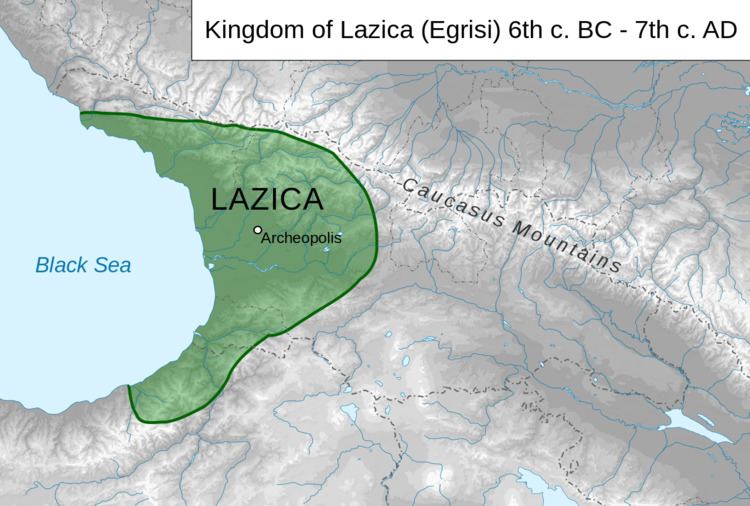696/697 Sergius (last) Disestablished 697 AD Founded 131 BC Date dissolved 697 AD | Established 131 BC Preceded by Succeeded by Capital Nokalakevi Political structure Monarchy | |
Languages Zan language Kartvelian languages Religion | ||
Lazica (Georgian: ეგრისის სამეფო, Egrisi; Laz: ლაზიკა, Laziǩa; Greek: Λαζική, Lazikē; Persian: لازستان Lazistan; Armenian: Եգեր Yeger) was the name given to the territory of Colchis during the Roman period, from about the 1st century BC. By the mid-3rd century, Lazica was given partial autonomy within the Roman Empire and developed into the kingdom of Lazica-Egrisi. Throughout much of its existence, it was mainly a Byzantine strategic vassal kingdom occasionally coming under Sassanid Persian rule. The kingdom fell to the Muslim conquest in the 7th century. Egrisi in the 8th century successfully repelled the Arab occupation and formed the Kingdom of Abkhazia-Egrisi from c. 780, one of the early medieval polities which would converge into the unified kingdom of Georgia in the 11th century.

In the early 4th century, the Christian eparchy of Pitiunt (Bichvinta ბიჭვინთა ) was established in this kingdom, and as in neighboring Iberia Christianity was declared as an official religion in AD 319. Other ancient episcopal sees in Lazica include Rhodopolis, Saesina, and Zygana. In 325 among the participants of the First Council of Nicaea was the bishop of Pitiunt, Stratophilus. The first Christian king of Lazica was Gubazes I; in the 5th century, Christianity was made the official religion of Lazica. Later, the nobility and clergy of Lazica switched from the Hellenic ecclesiastic tradition to the Georgian, and Georgian became the language of culture and education. The Bichvinta Cathedral is one of oldest monuments of the Georgian Christian architecture constructed by the Georgian King Bagrat III of the Bagrationi Royal House in the late 10th century. It was under Bagrat III, that Lazica unified with the eastern Georgian lands of Iberia-Kartli to form a united Kingdom of Georgia.

Rulers
The known rulers of Lazica were:




